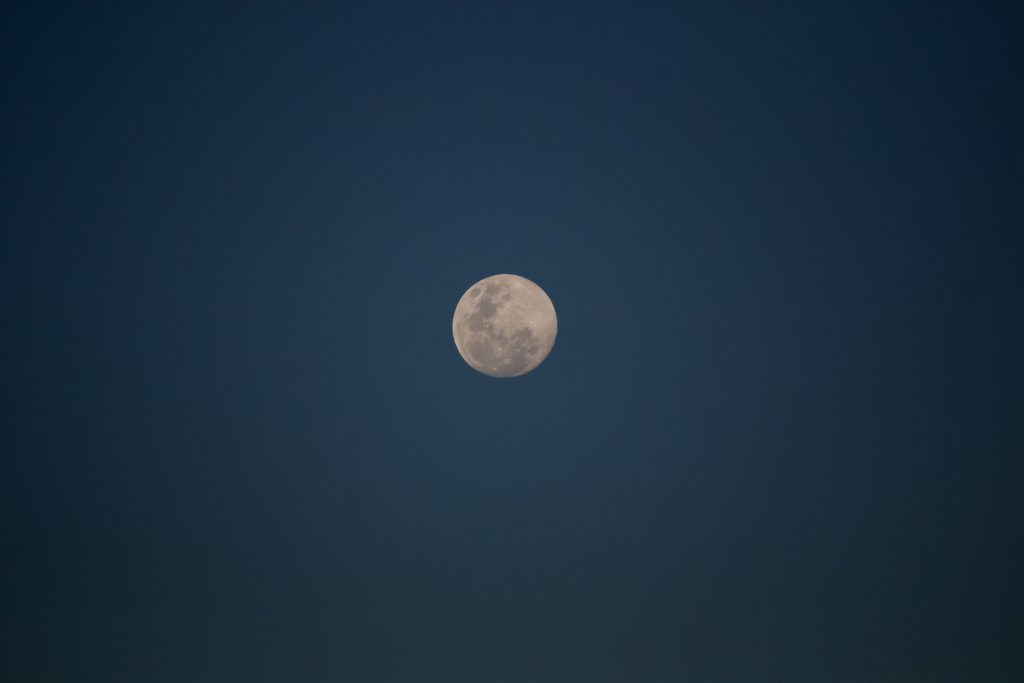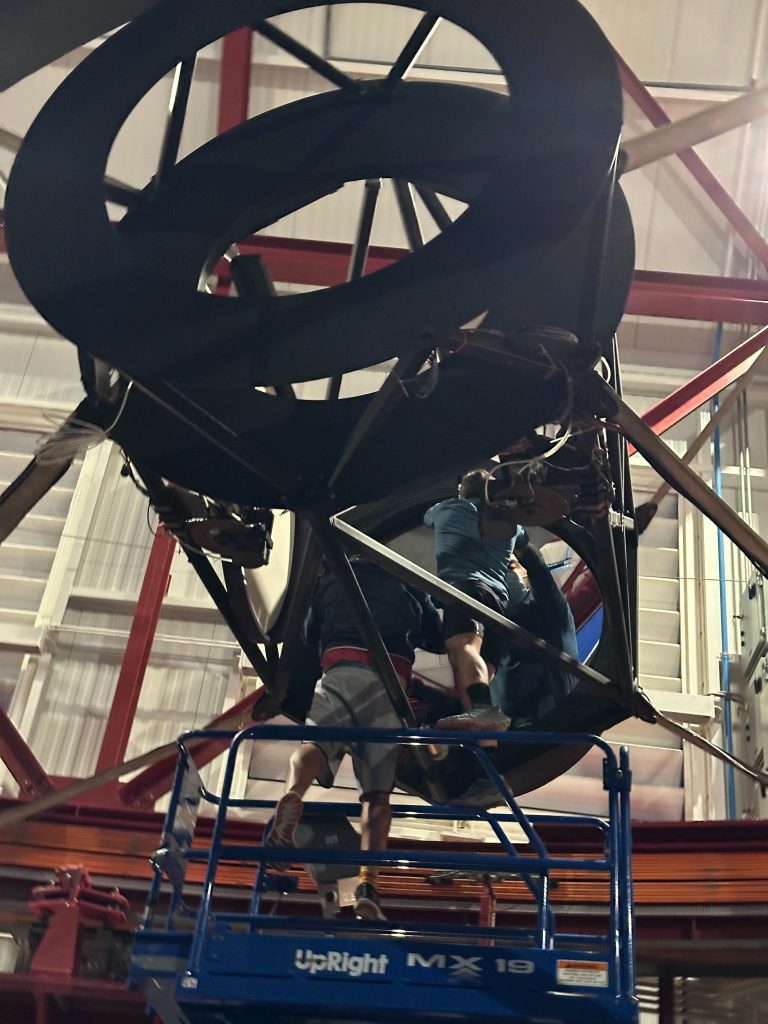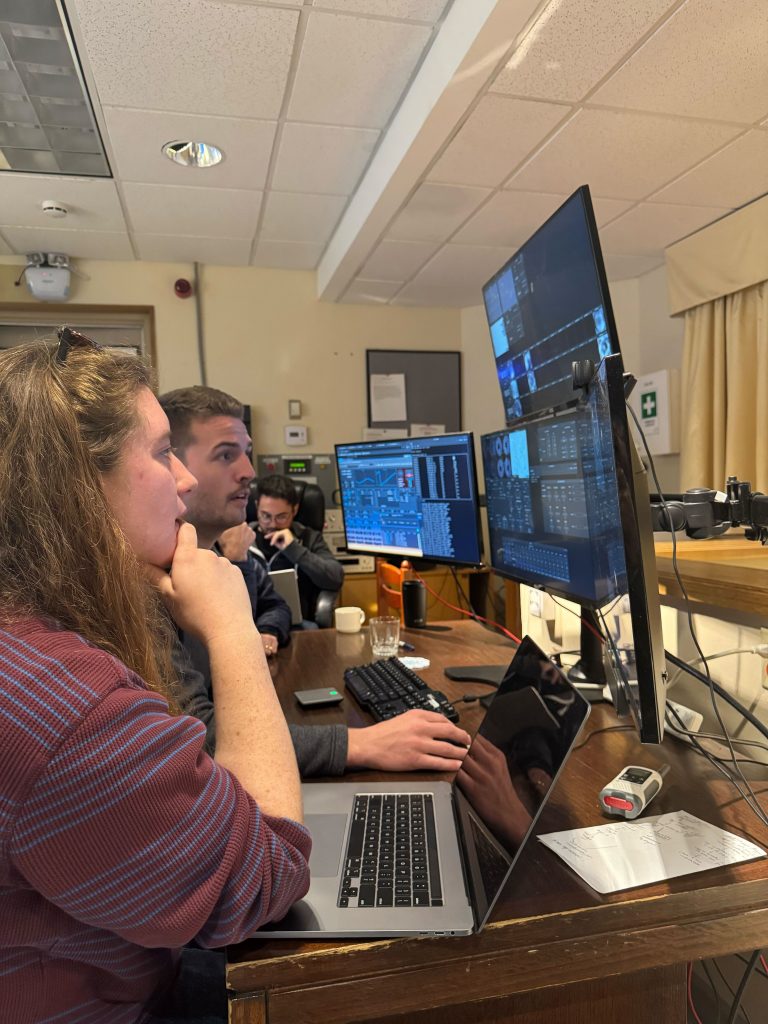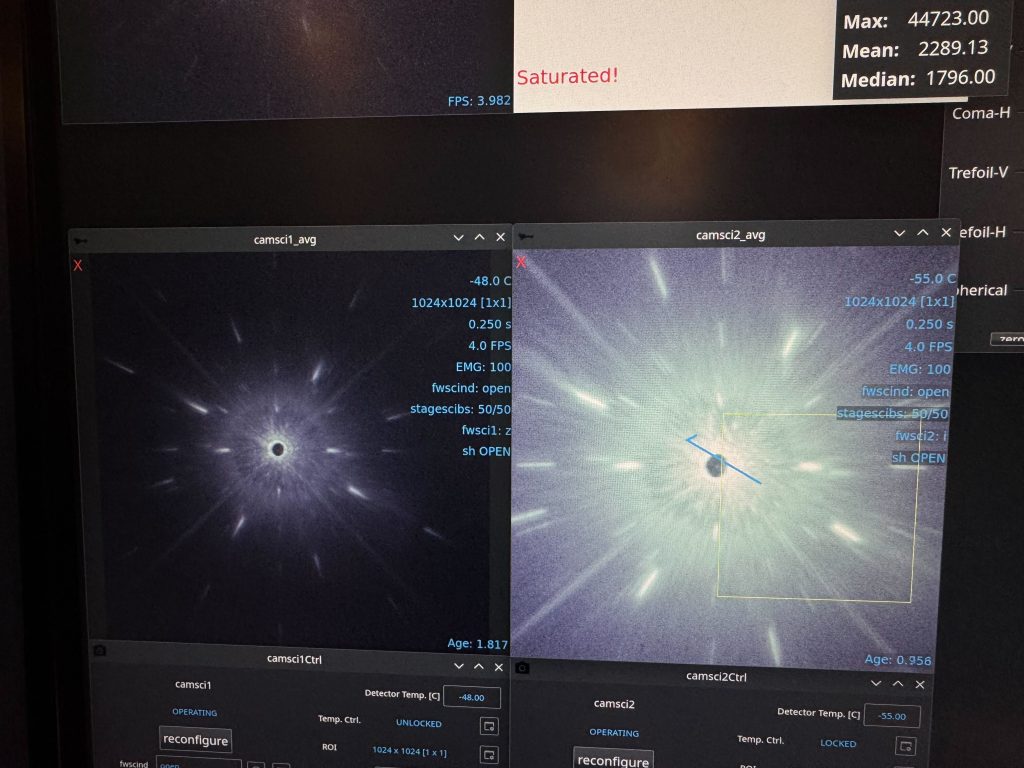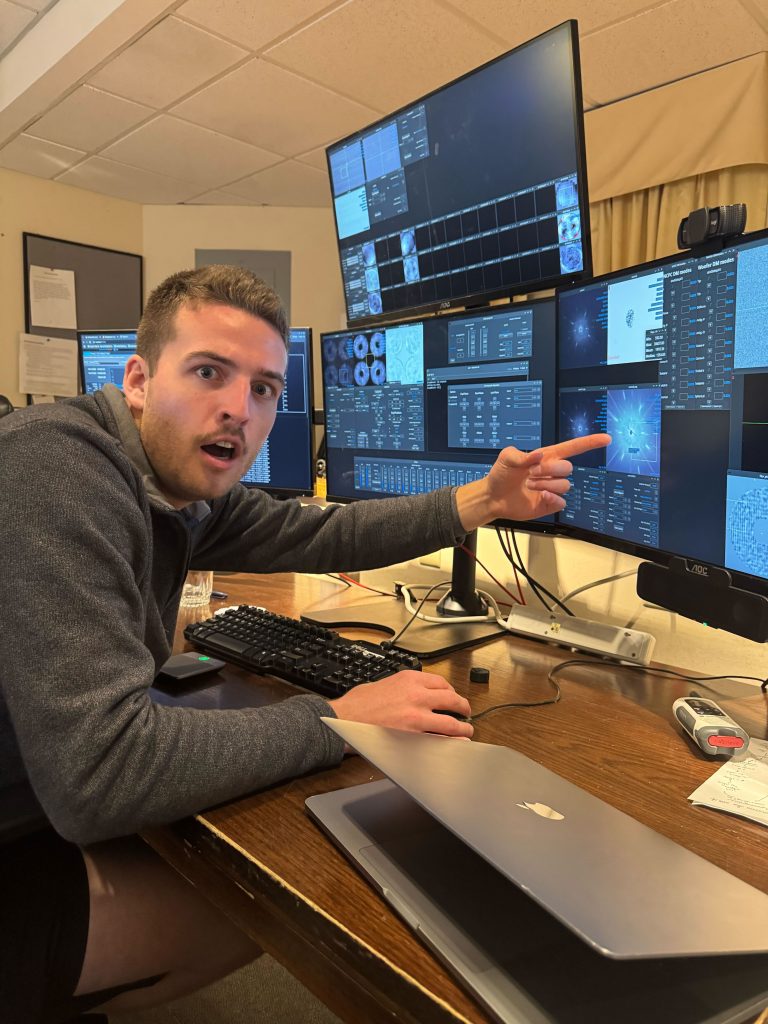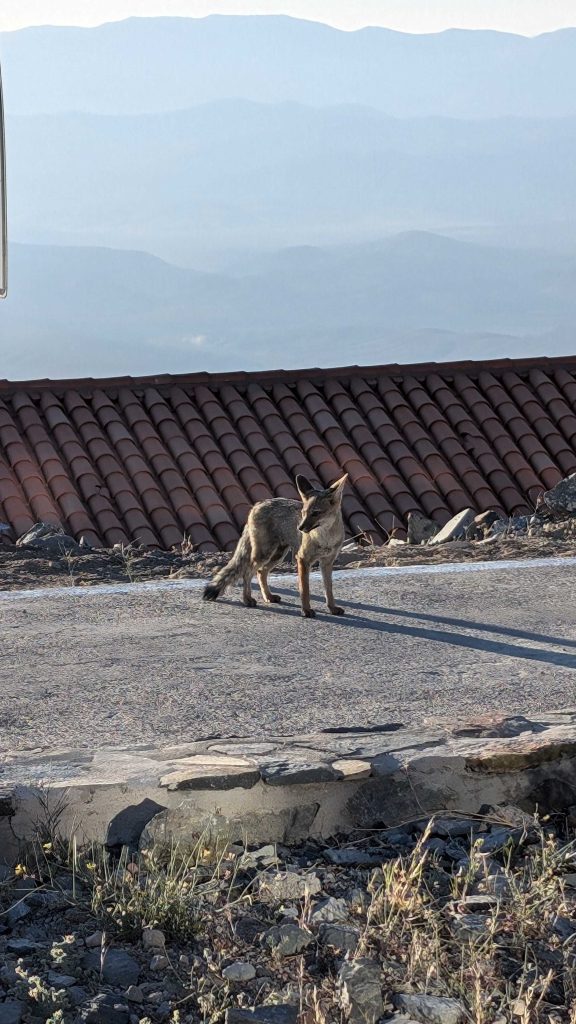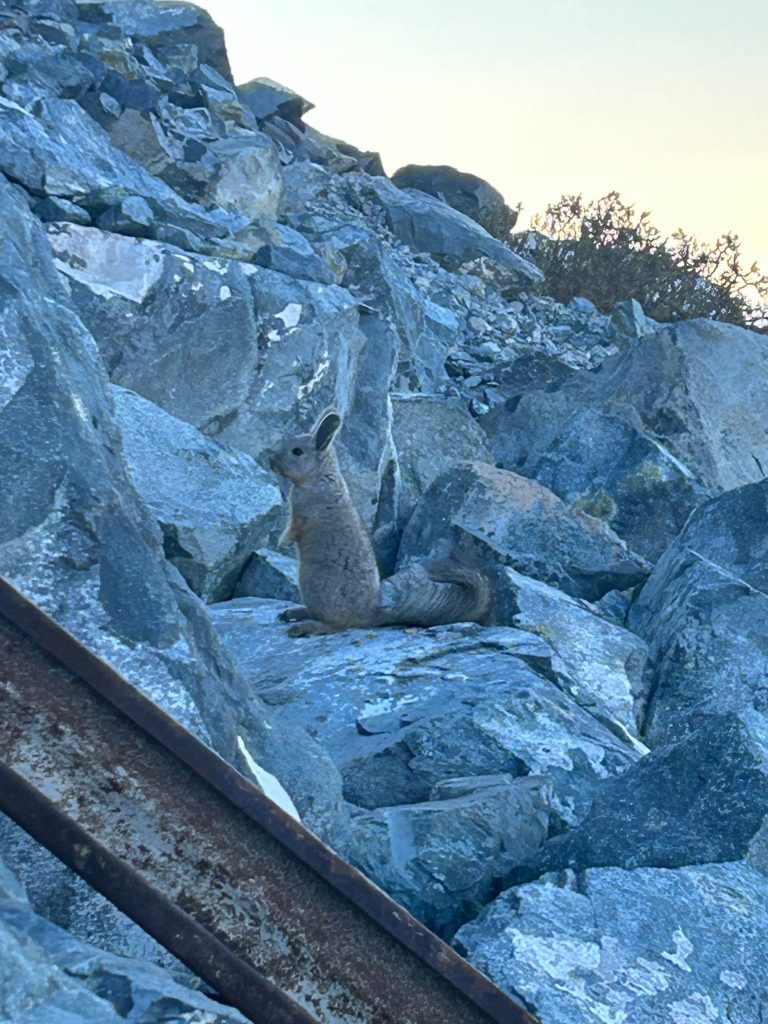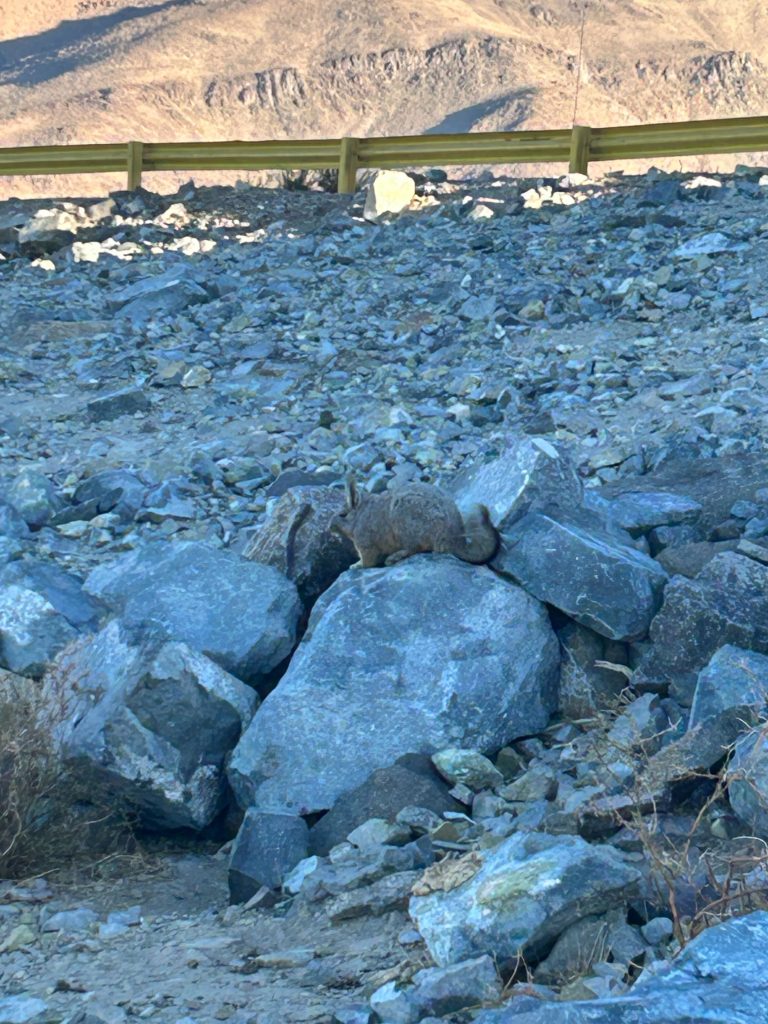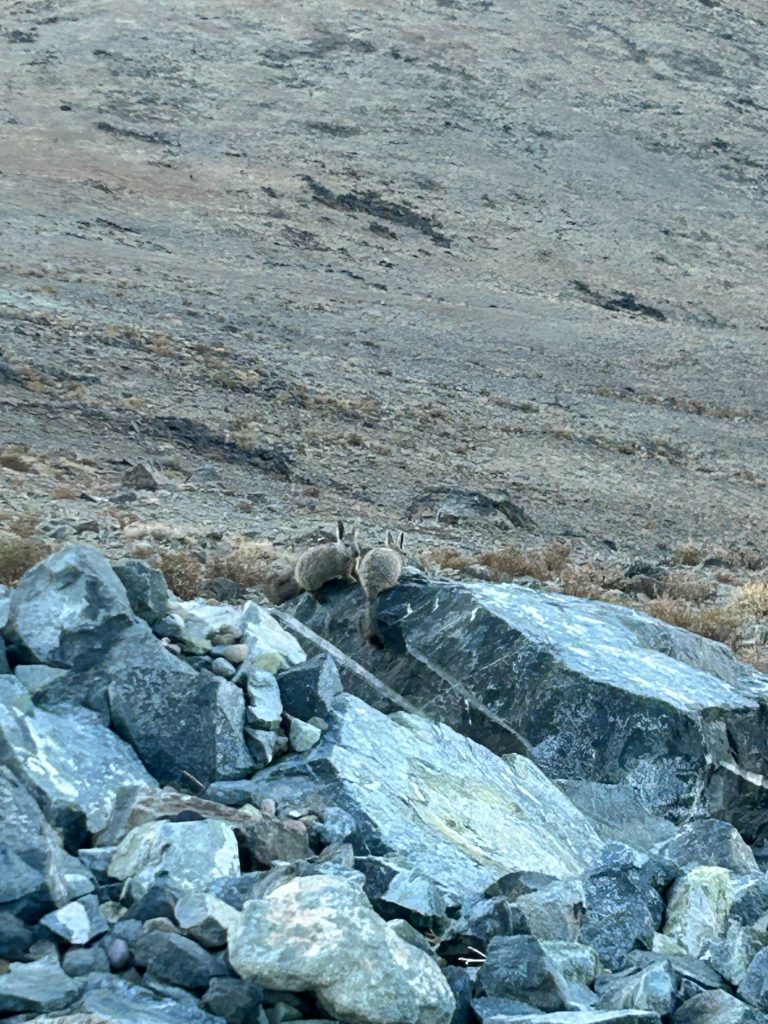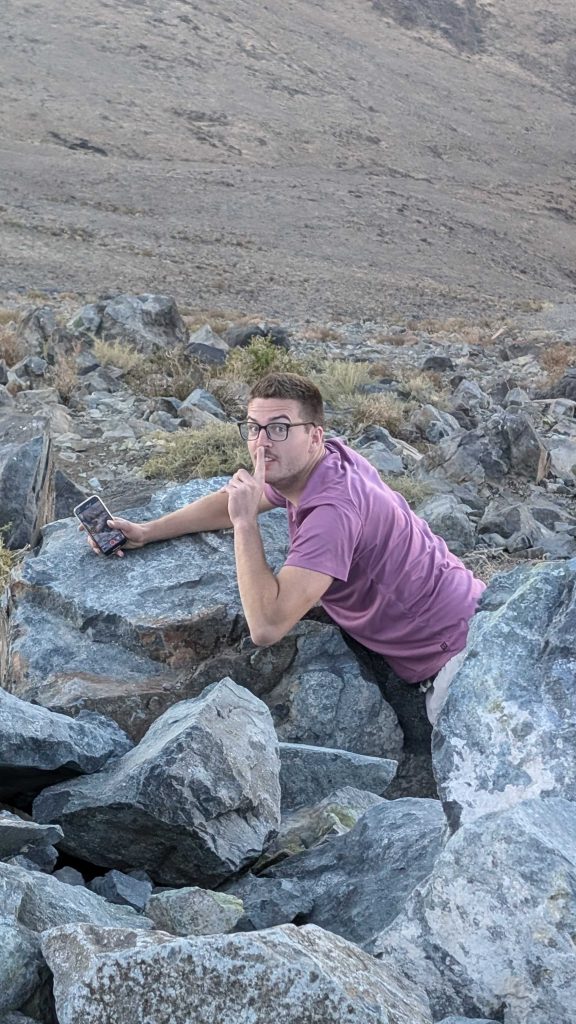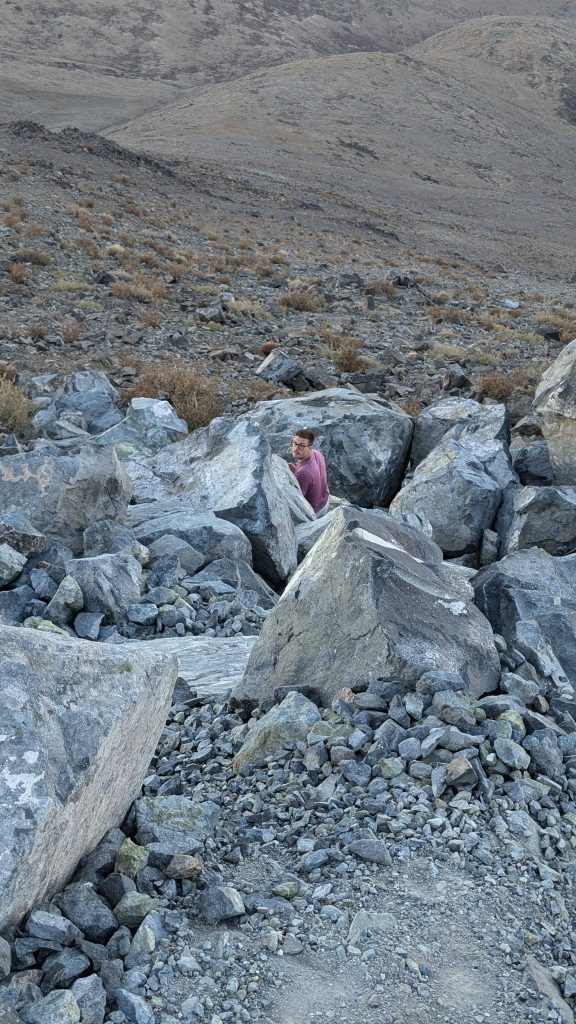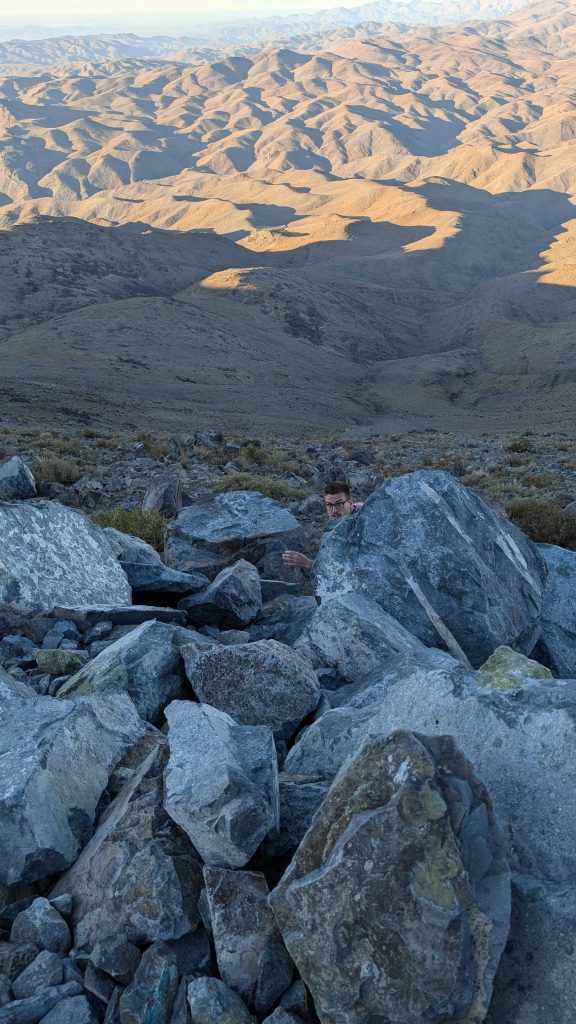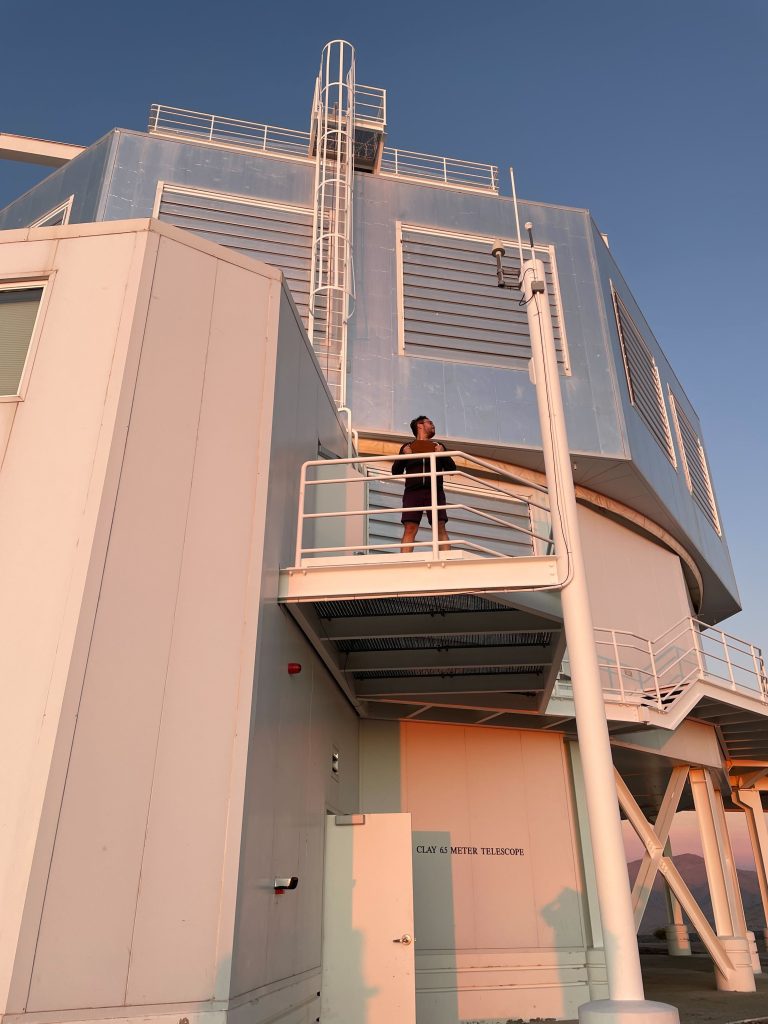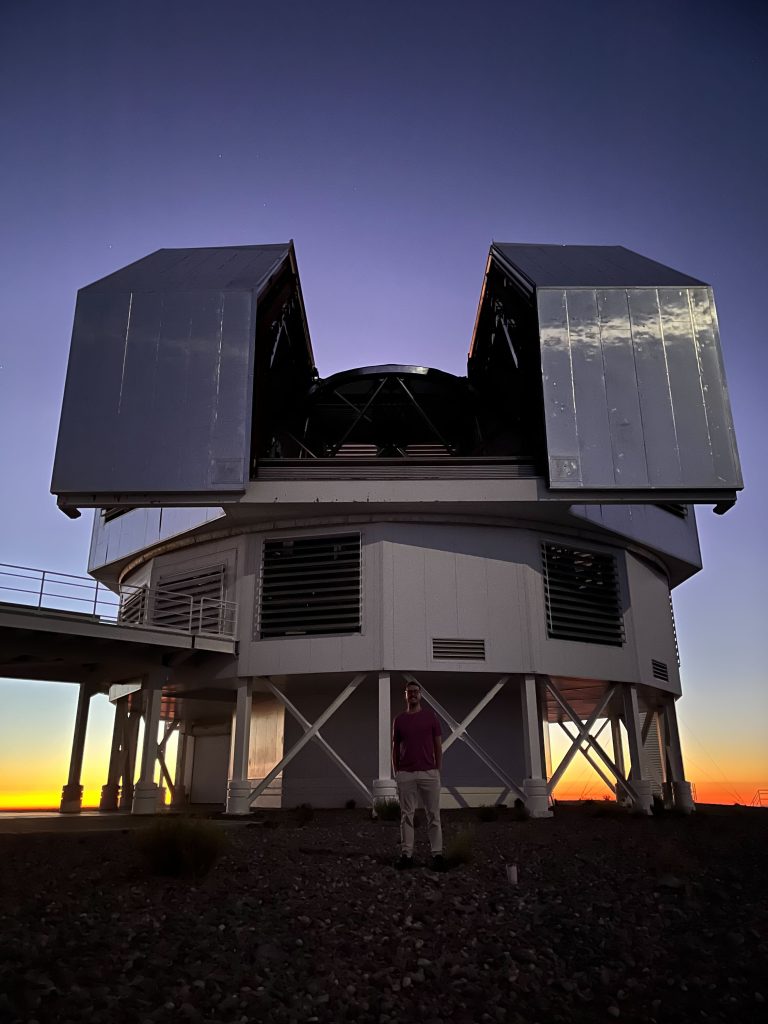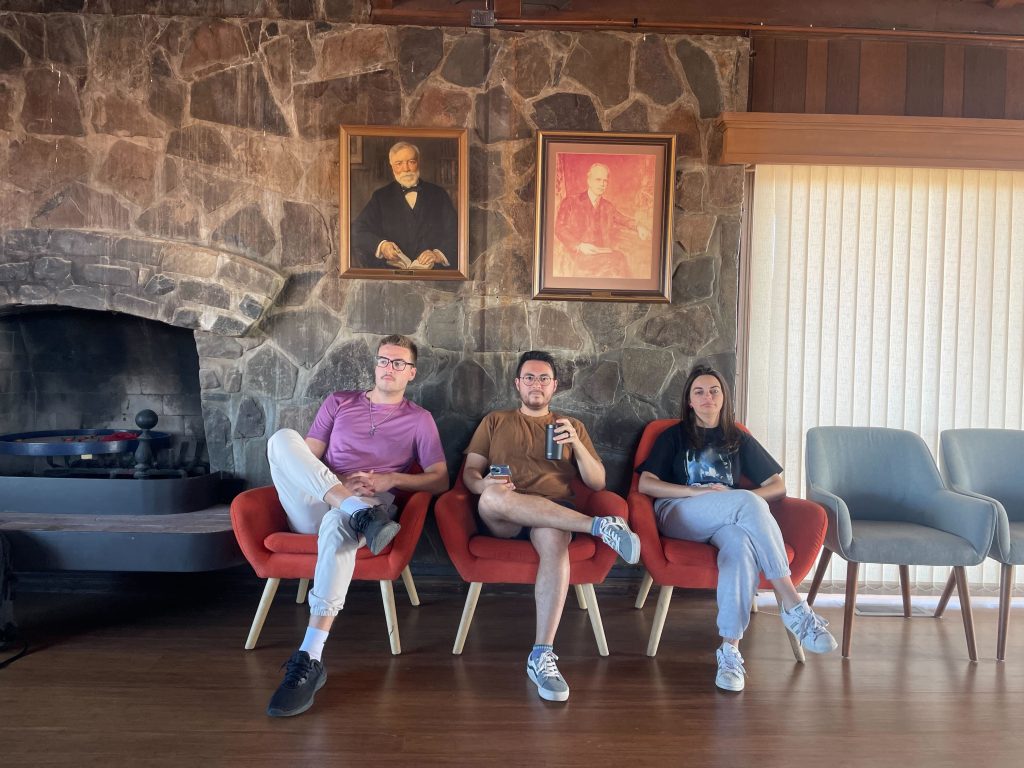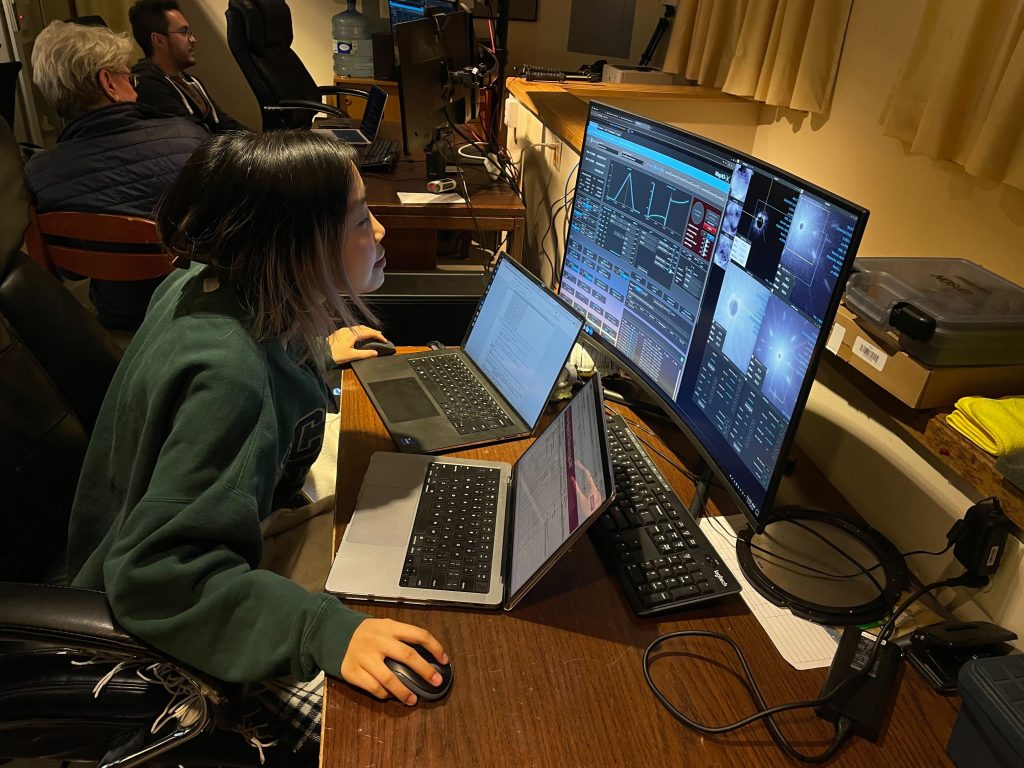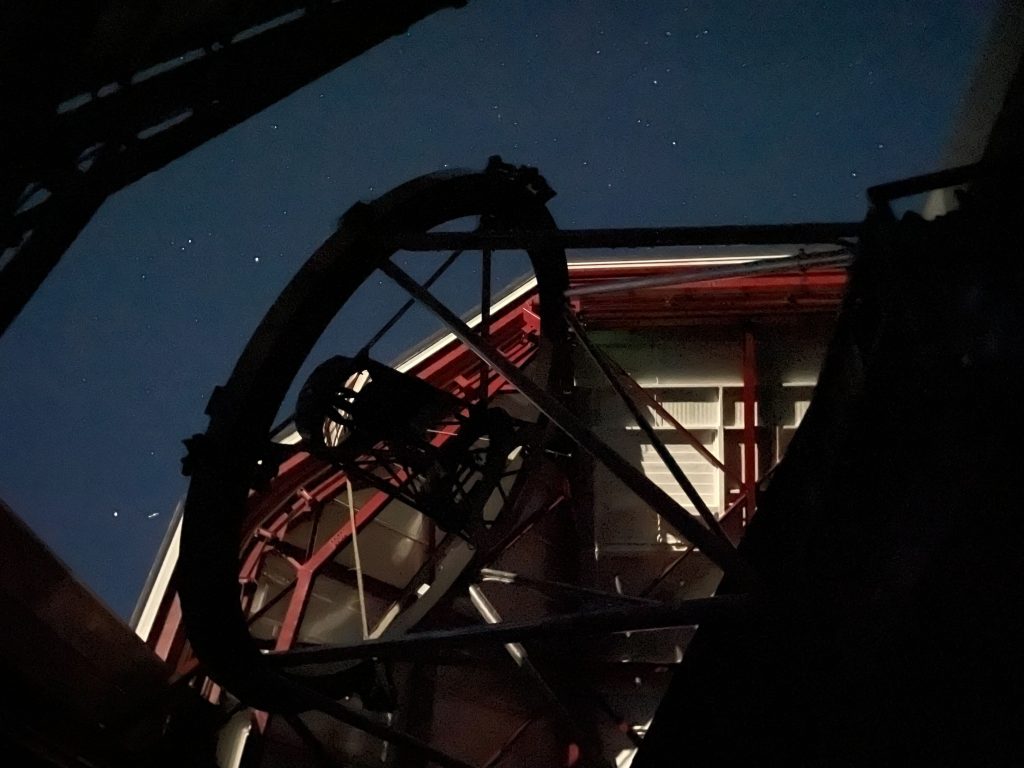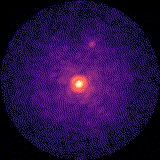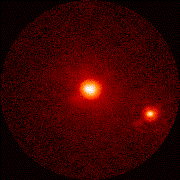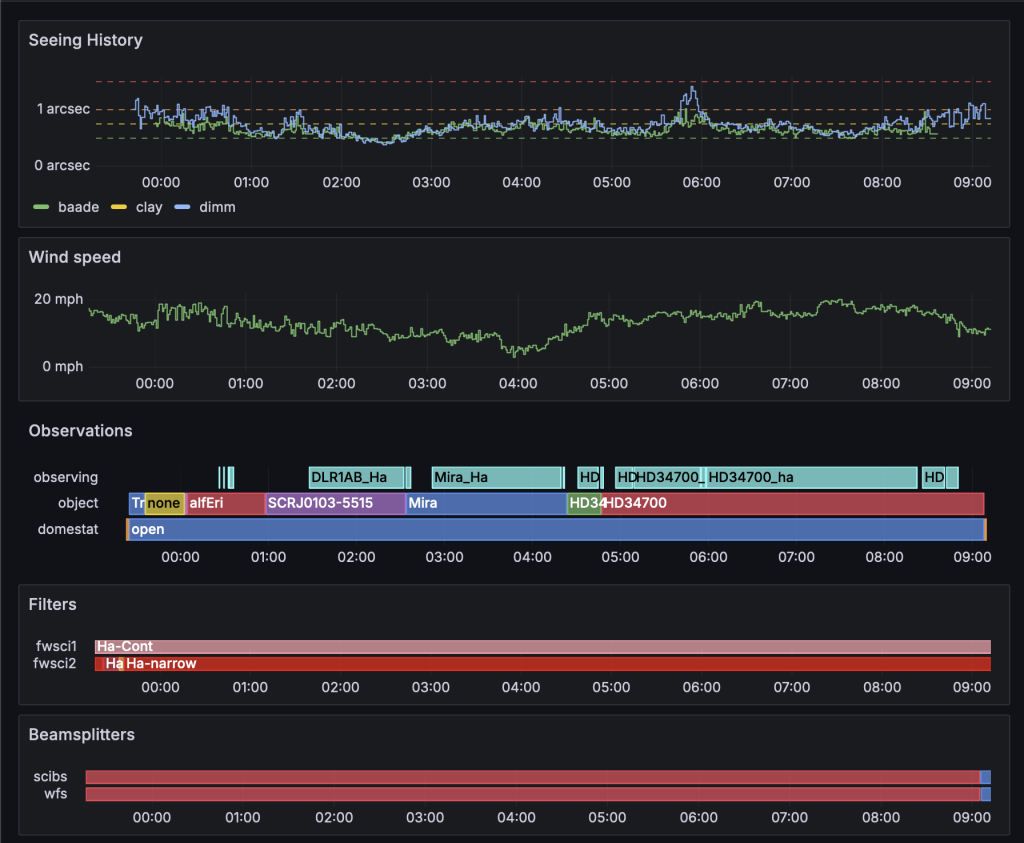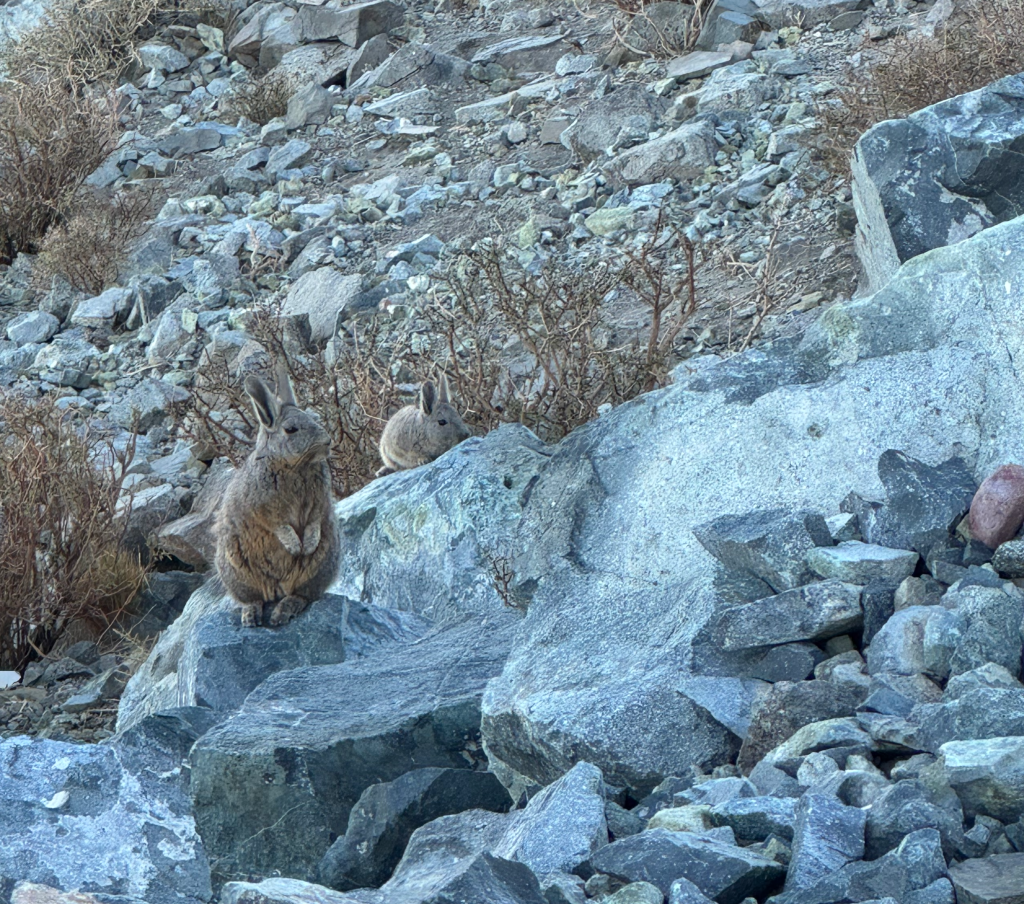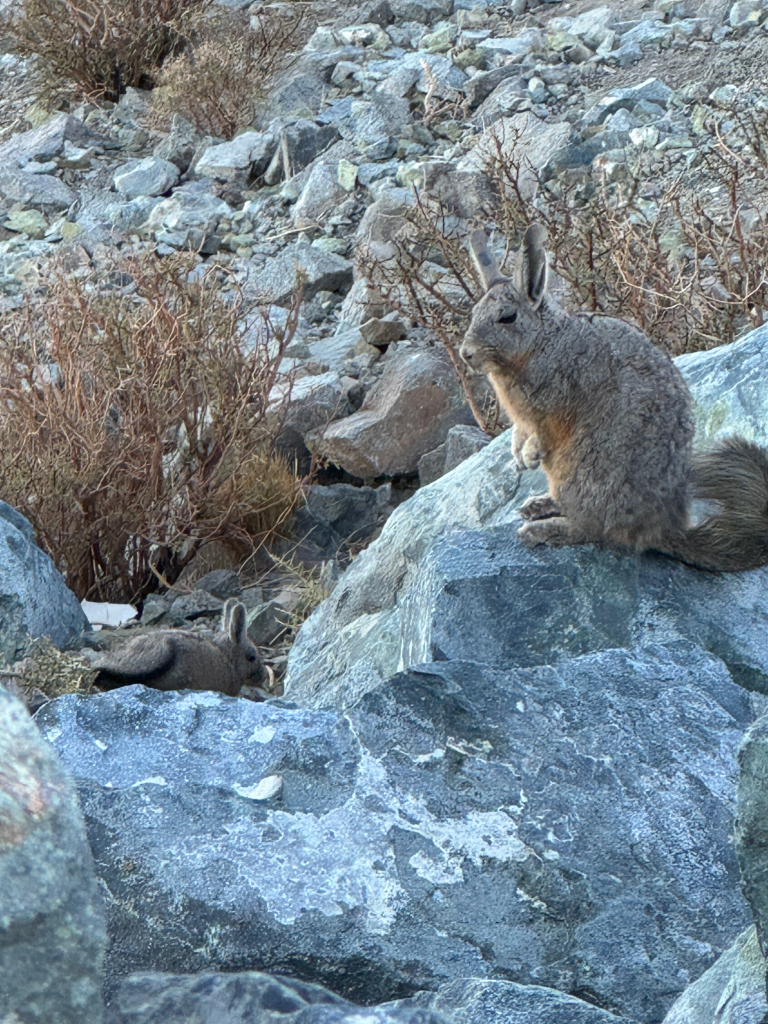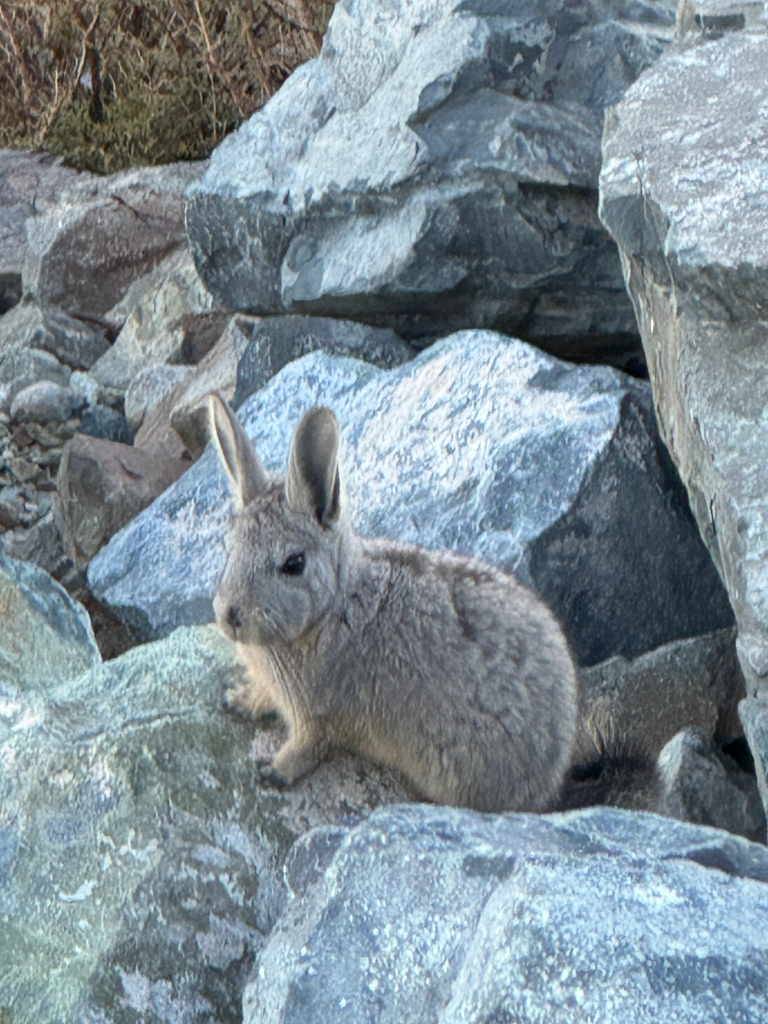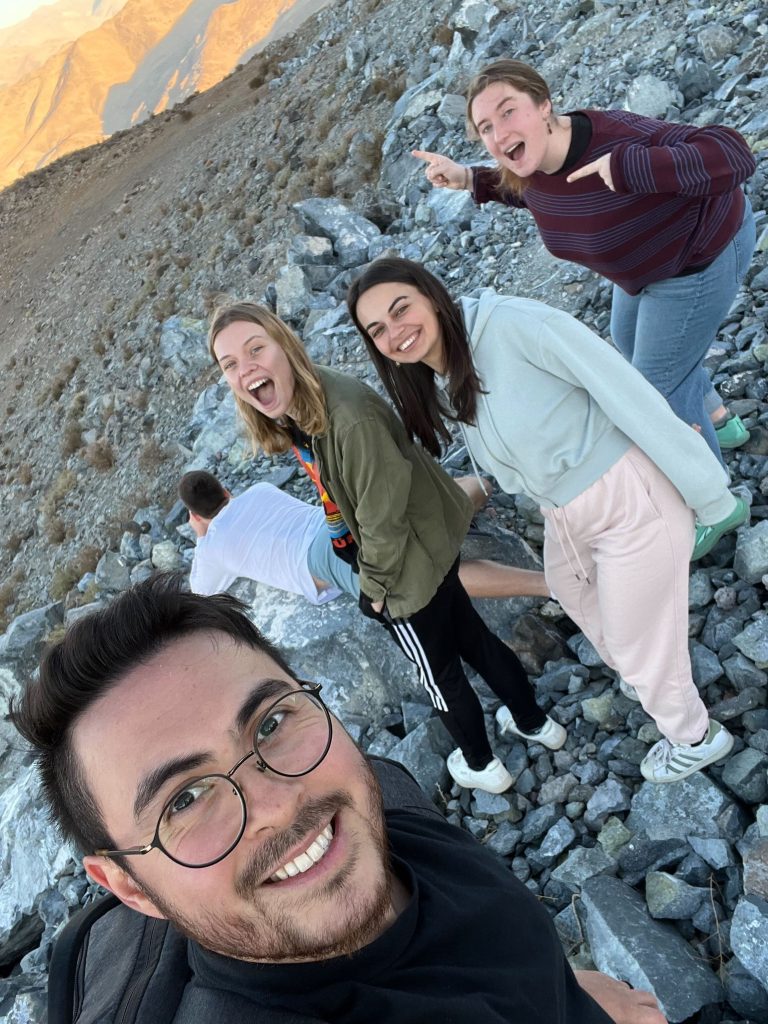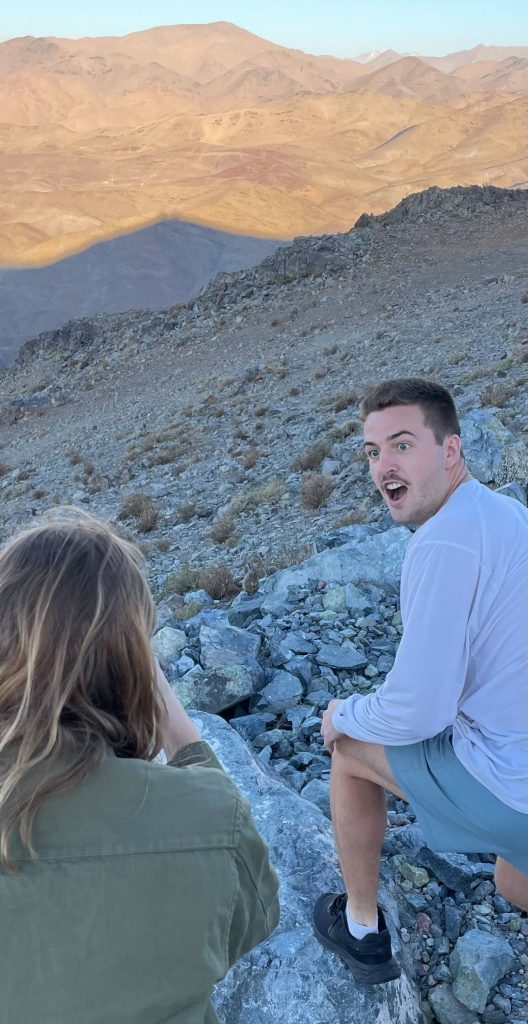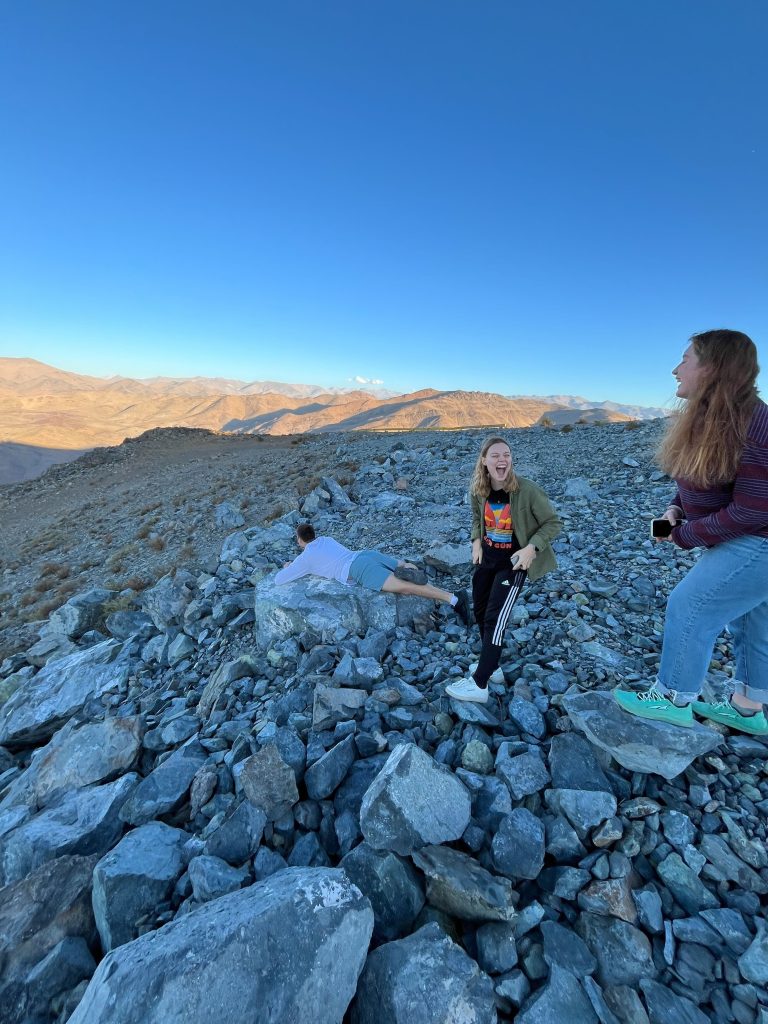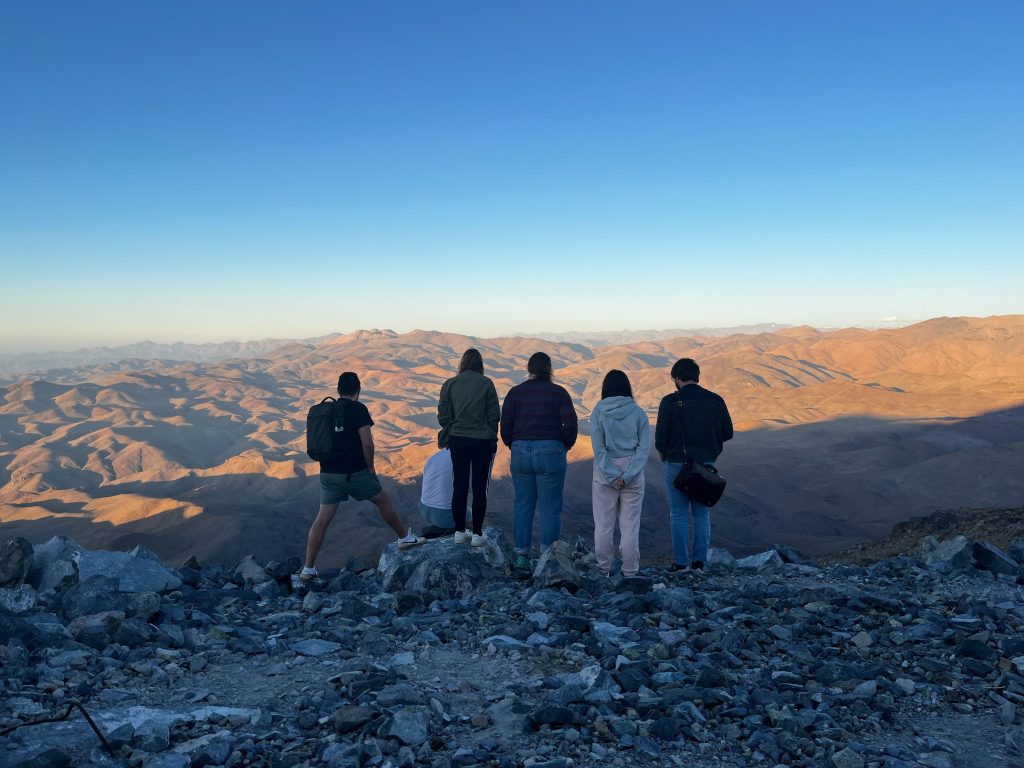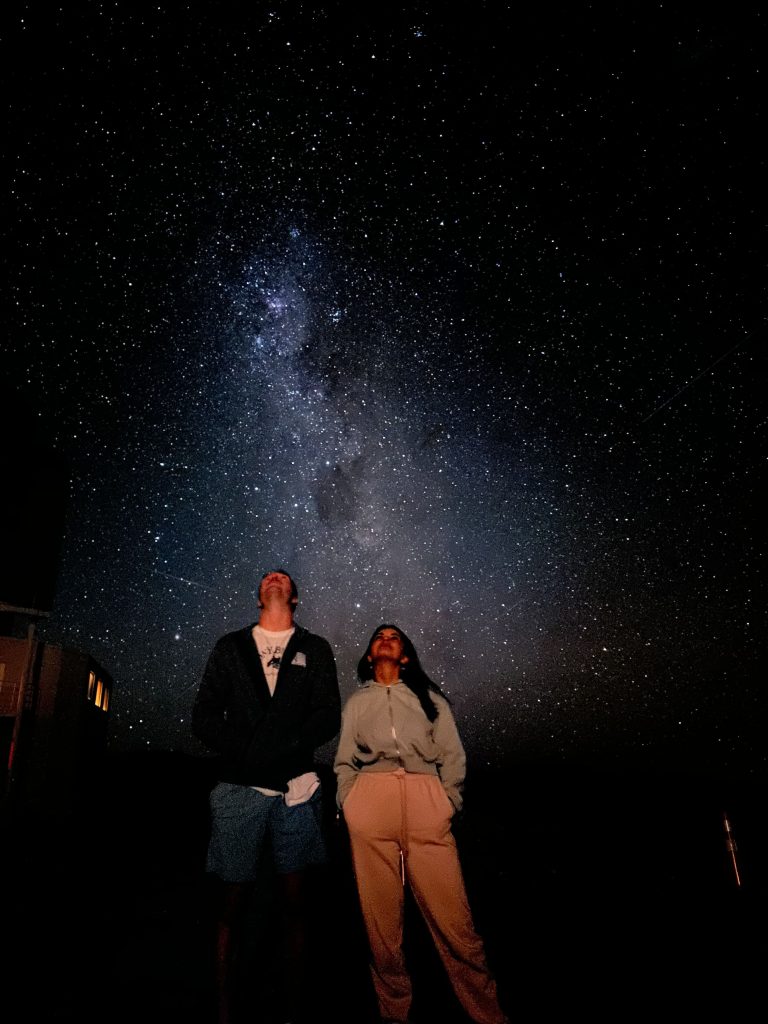It’s time to finally call off the searches everyone. Tie up your bloodhounds, turn off those spotlights, and park your helicopters. That’s right, the mountain’s most infamous instrument has been located after eons of searching high and low.
There were fears that MagAO’s near-IR camera, Clio, had been sentenced to the boneyard to peacefully decay as the many instruments before it. However, despite being undoubtedly still weary from her travels, Alycia generously gave the students a nice tour of the DuPont telescope (a.k.a., the 100″) just down the road from the Magellans where they found our Clio and drew collective sighs of relief from all who were around during the golden MagAO days.
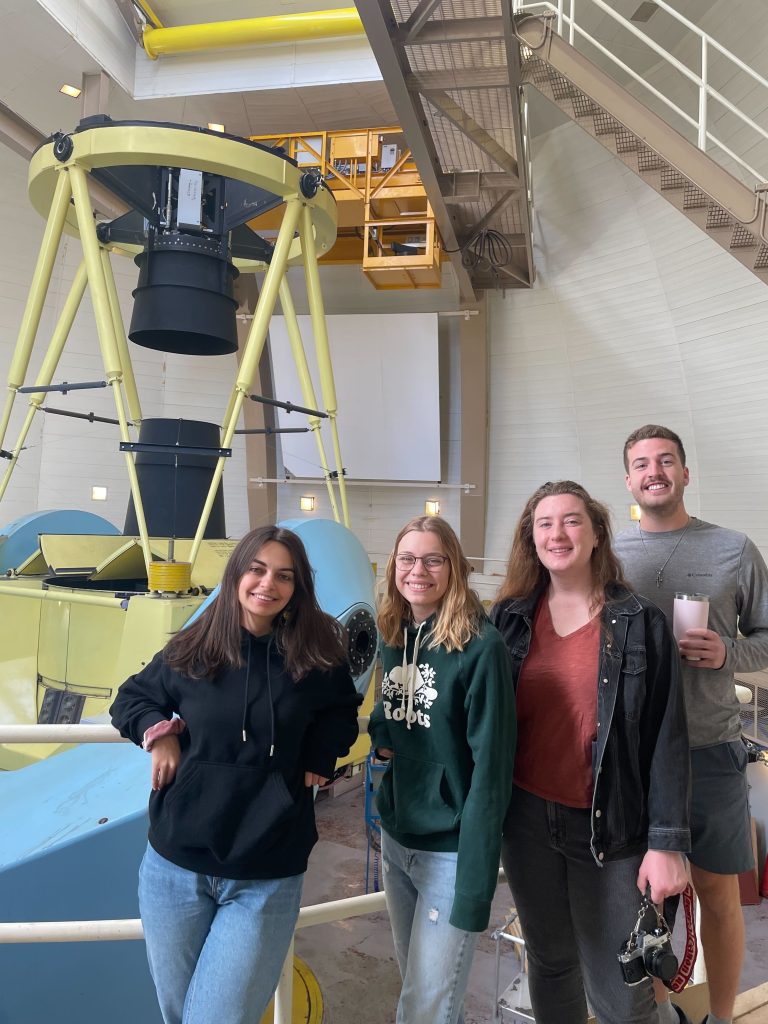
And here it is! The Great Clio! Ready to be born again on another 6.5-meter telescope…!
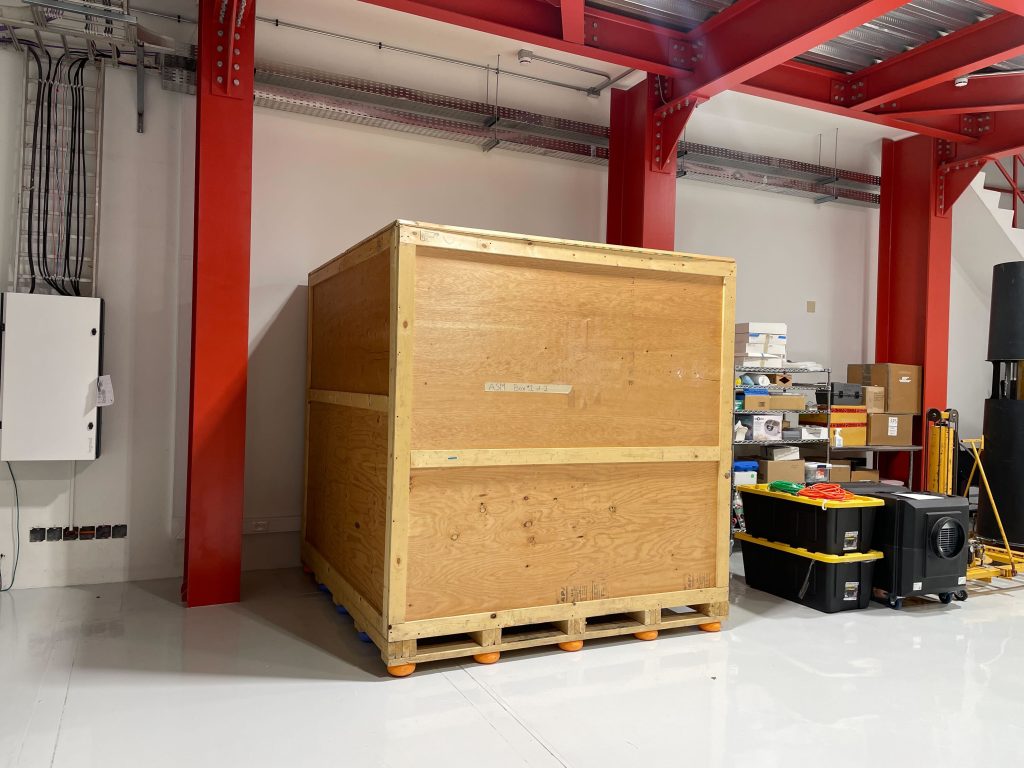
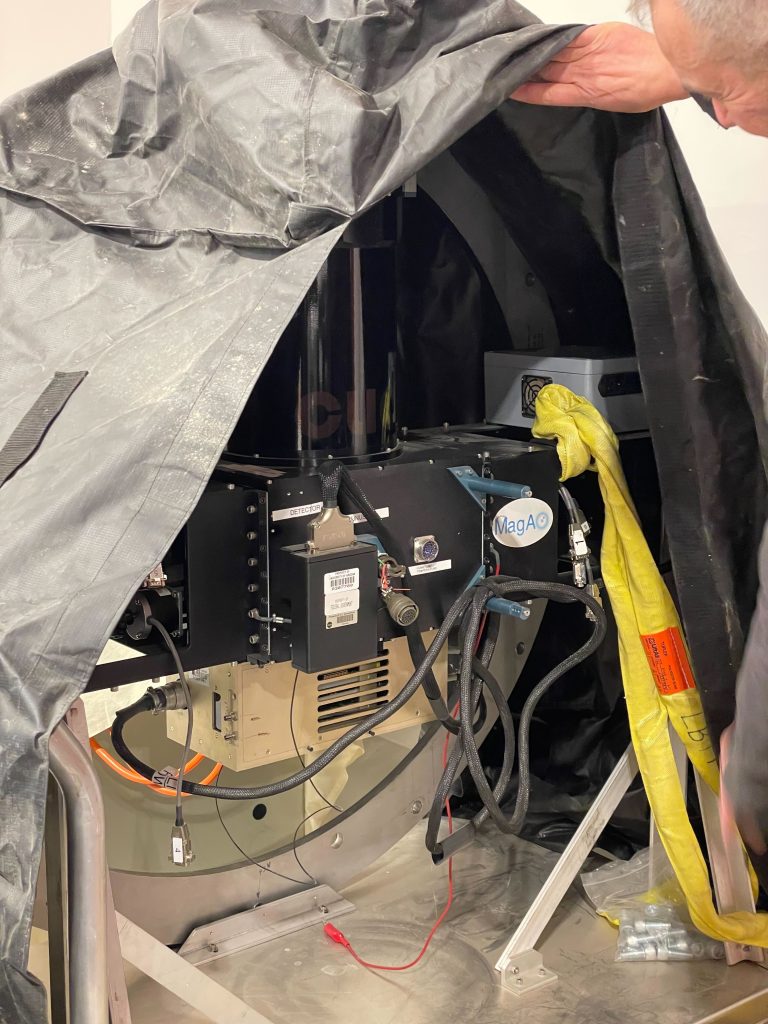
A special thanks to Prof. Ewan Douglas of Steward Obseratory’s UASAL who was a critical part of Clio’s rediscovery. No need to be humble, Ewan.

Yeah, man. So, after the tour, some of the group decided to make use of some extra time before dinner to prepare for the MagAO-X telescope removal. This Chilean iron is extra dense, I’ll you what. But this dry air will make you soft, so we push on.
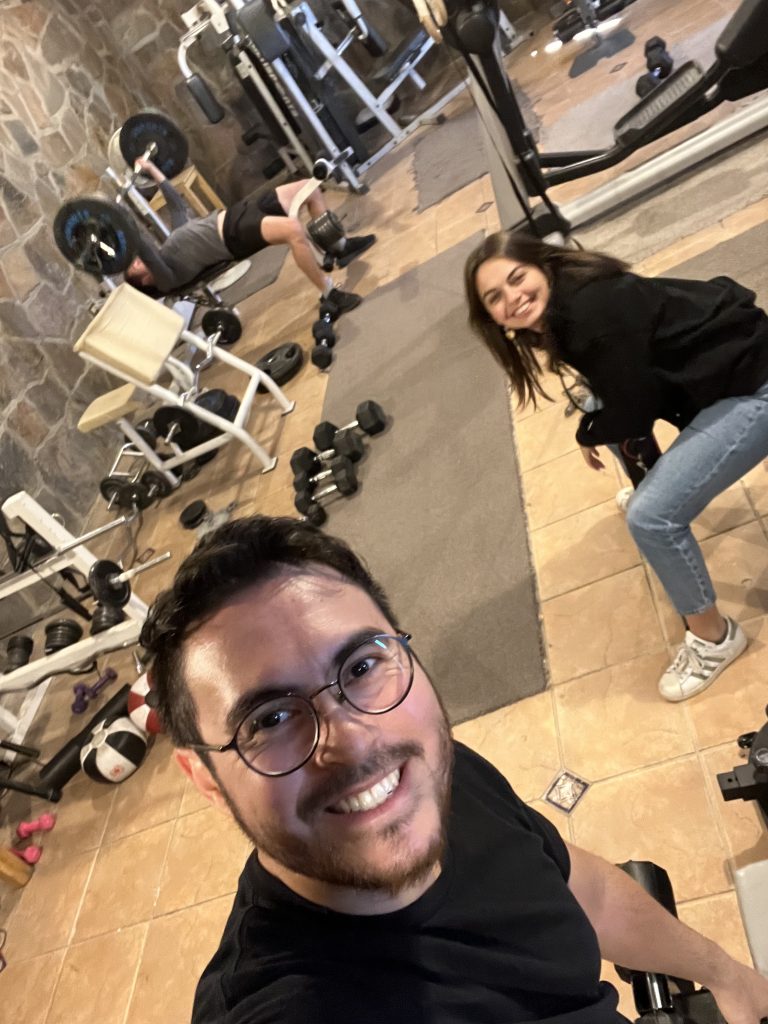
After dinner, Laird, Alycia, and received a nice tour from the LLAMAS team who showed us how the instrument was mounted and talked a little bit about how it all the various systems and mounting fixtures work. 1700 kgs of pure instrumental awesomeness.
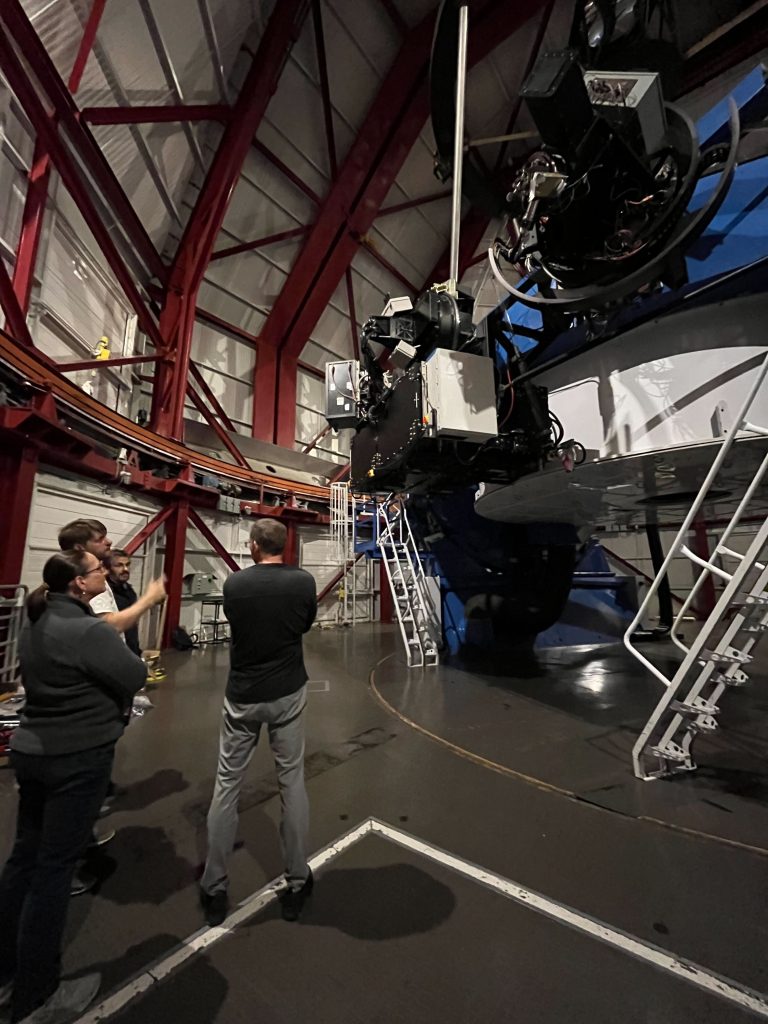
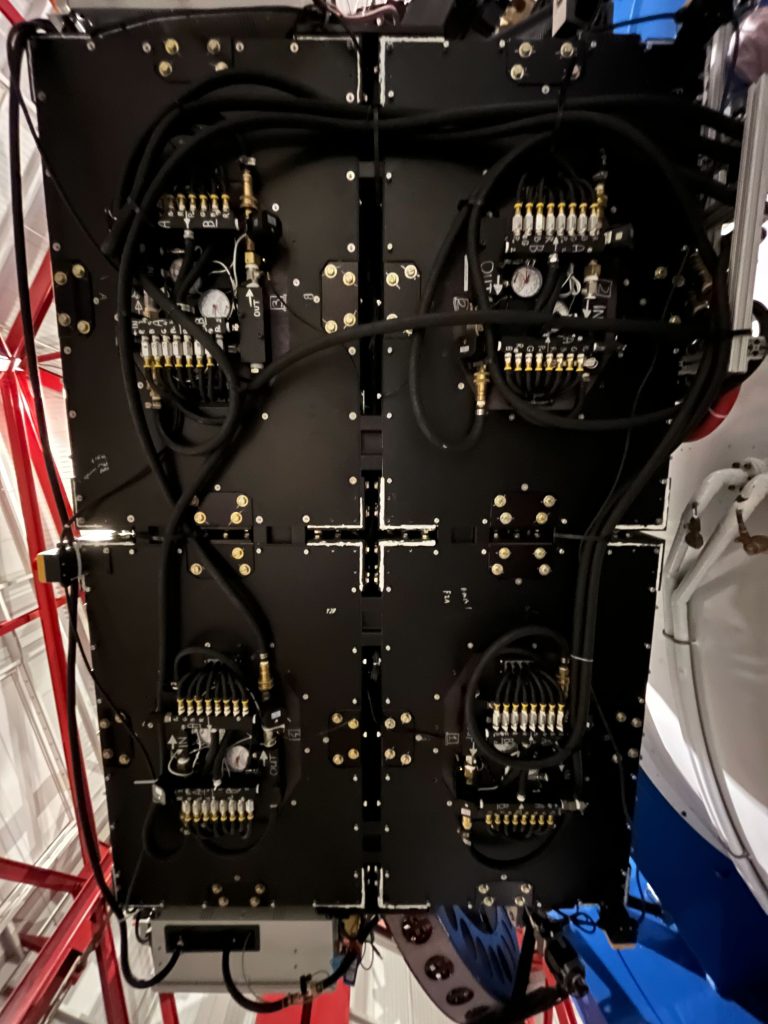
Some of us got heartier meals for our night lunches than others. Parker’s Pro Tip of the Day is write “extra everything, times ten” on the comment section of your night lunch form to get the homie hookup from the kitchen.


A major milestone in MagAO-X’s career as an extreme AO instrument, Sebastiaan et al. have successfully implemented wavefront sensing and control using a neural network on-sky…! We’ve been learned, people.
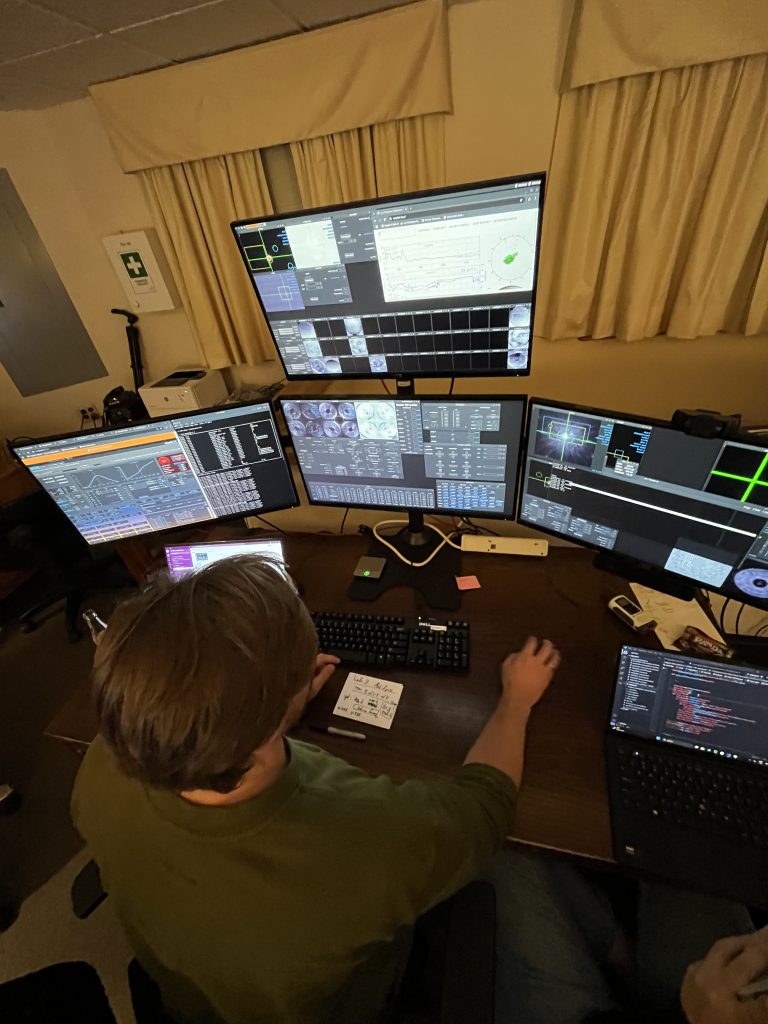
In other engineering news, Jared and Eden and I got a 5kHz LOWFS loop locked on one of Sebastiaan’s target for some kick-ass vibration control. Whatcha know ’bout jitter?
Ok, there was actually a lot more that went on tonight, such as Team Jaylycia getting some pro-level data on an edge-on disk. Again, testing the altitude limits of the telescope and the instrument. And probably even more to report on, but we’re pretty…

…sleepy. However, I’ve got one more moment to highlight, as it was the sweetest gesture and gift I’ve received as a direct result of being peanutted. Yeah, somehow peanuts got into my tuna + rice tonight (it was literally just some rice and tuna/shrimp in a white cream sauce) and I took a nasty hit to my health bar. However, one Zyrtec and a bunch of crackers and soda helped me recover enough HP to make it through the rest of the night. Because of this experience, Johnson “The Hook” Johnson crocheted me a “J” protection charm to wear to commemorate my survival. Thanks, man. I owe you some milk.
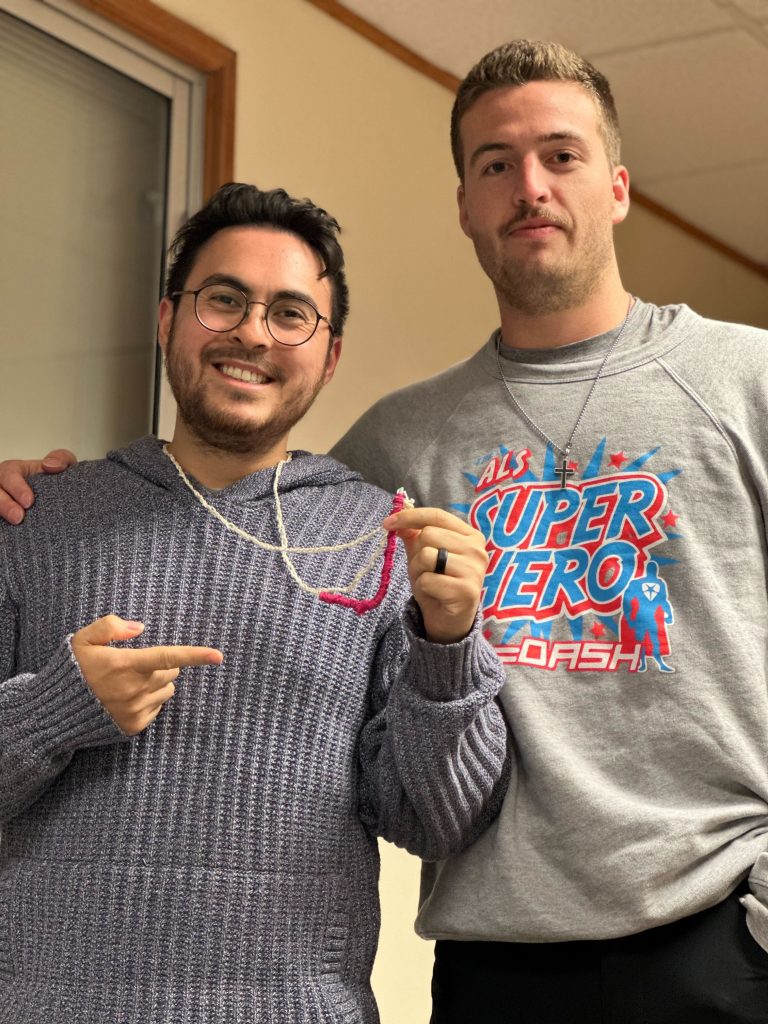
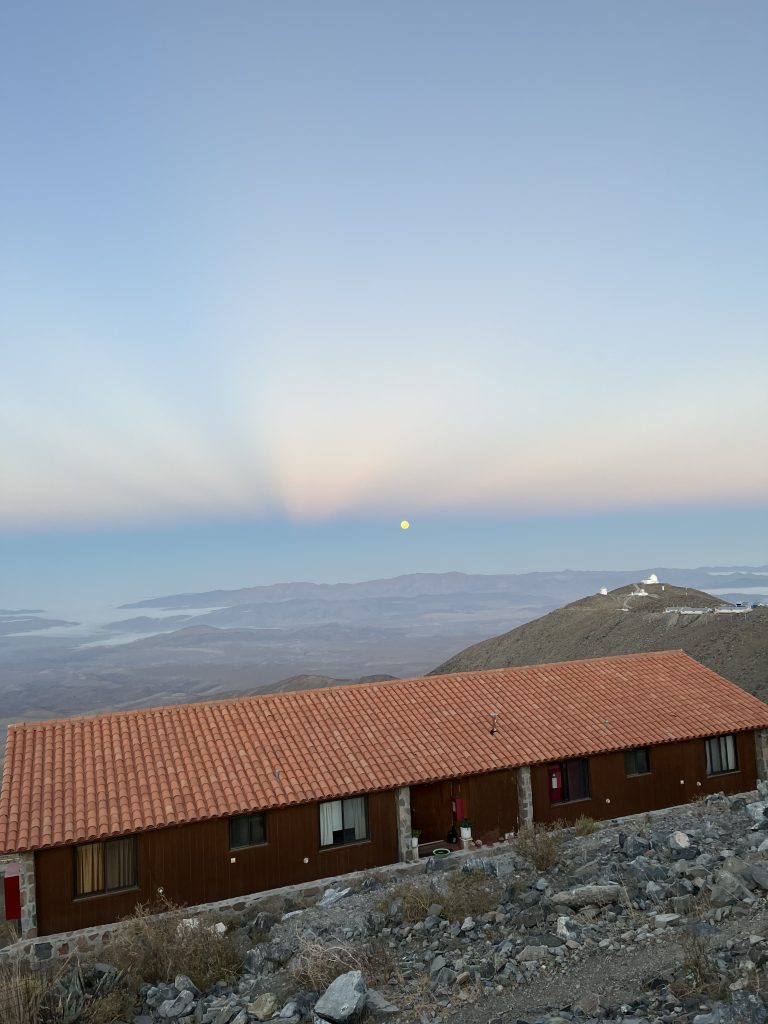
Song of the Day
I’ve been really into this song during this run. This one really deserves a listen, not only because you all need to see that Warren’s long lost twin brother is a guitar virtuoso, but this guy also pairs one of my favorite music genres (percussive fingerstyle guitar) with a killer voice. Some lyrics found in the body of the post above.
